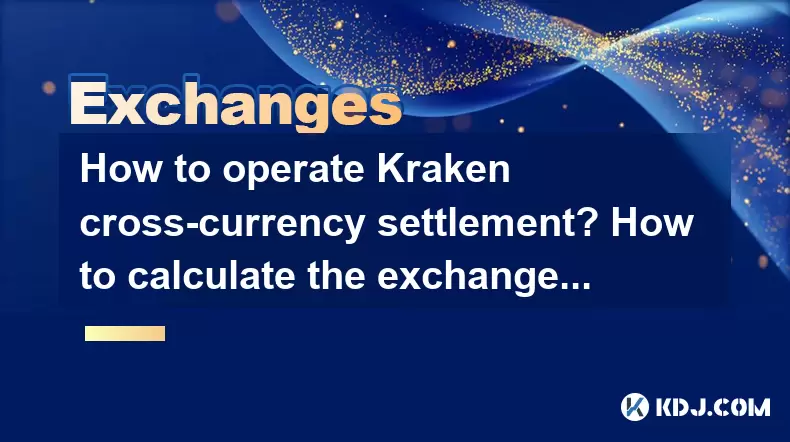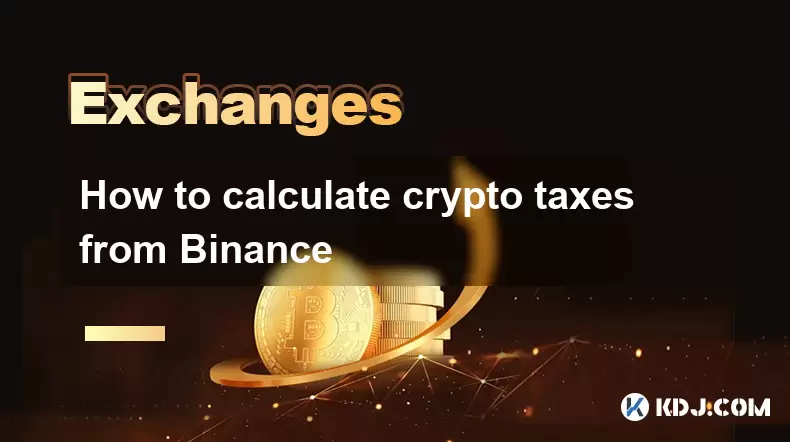-
 Bitcoin
Bitcoin $117500
2.15% -
 Ethereum
Ethereum $3911
6.19% -
 XRP
XRP $3.316
10.79% -
 Tether USDt
Tether USDt $1.000
0.01% -
 BNB
BNB $787.2
2.24% -
 Solana
Solana $175.2
4.15% -
 USDC
USDC $0.9999
0.00% -
 Dogecoin
Dogecoin $0.2225
8.40% -
 TRON
TRON $0.3383
0.28% -
 Cardano
Cardano $0.7868
6.02% -
 Stellar
Stellar $0.4382
9.34% -
 Hyperliquid
Hyperliquid $40.92
7.56% -
 Sui
Sui $3.764
7.63% -
 Chainlink
Chainlink $18.48
10.66% -
 Bitcoin Cash
Bitcoin Cash $582.1
1.88% -
 Hedera
Hedera $0.2601
6.30% -
 Avalanche
Avalanche $23.33
4.94% -
 Ethena USDe
Ethena USDe $1.001
0.02% -
 Litecoin
Litecoin $122.3
2.04% -
 UNUS SED LEO
UNUS SED LEO $8.969
-0.27% -
 Toncoin
Toncoin $3.339
0.86% -
 Shiba Inu
Shiba Inu $0.00001287
4.30% -
 Uniswap
Uniswap $10.43
7.38% -
 Polkadot
Polkadot $3.861
5.08% -
 Dai
Dai $1.000
0.02% -
 Bitget Token
Bitget Token $4.513
3.41% -
 Monero
Monero $267.7
-6.18% -
 Cronos
Cronos $0.1499
4.14% -
 Pepe
Pepe $0.00001110
5.15% -
 Aave
Aave $284.9
8.28%
How to operate Kraken cross-currency settlement? How to calculate the exchange rate?
To operate Kraken's cross-currency settlement, log in, select the trading pair, enter the amount, review, and confirm. Calculate rates by considering market prices and fees.
May 17, 2025 at 09:35 am

How to Operate Kraken Cross-Currency Settlement? How to Calculate the Exchange Rate?
Kraken, one of the leading cryptocurrency exchanges, offers a robust platform for users to engage in cross-currency settlements. This process allows traders to convert one cryptocurrency to another directly on the exchange, often at competitive rates. Understanding how to operate Kraken's cross-currency settlement and how to calculate the exchange rate is essential for maximizing trading efficiency and profitability. This article will guide you through the detailed steps of operating cross-currency settlements on Kraken and provide insights into calculating exchange rates.
Understanding Kraken Cross-Currency Settlement
Cross-currency settlement on Kraken refers to the process of exchanging one cryptocurrency for another. This can be done directly without the need to convert to an intermediate currency like USD or EUR. Kraken supports a wide range of cryptocurrencies, making it a versatile platform for cross-currency transactions.
Preparing for Cross-Currency Settlement
Before you begin, ensure that you have the following:
- A verified Kraken account.
- Sufficient funds in the cryptocurrency you wish to exchange.
- An understanding of the current market rates for the currencies involved.
Operating Cross-Currency Settlement on Kraken
To execute a cross-currency settlement on Kraken, follow these steps:
- Log into your Kraken account. Navigate to the main dashboard.
- Select the trading pair. Choose the pair that represents the currencies you want to exchange. For example, if you want to exchange Bitcoin (BTC) for Ethereum (ETH), select the BTC/ETH pair.
- Enter the amount. Specify the amount of the cryptocurrency you wish to exchange. Kraken will automatically calculate the amount of the other currency you will receive based on the current market rate.
- Review the order. Before confirming, review the details of your order, including the exchange rate and any fees that may apply.
- Confirm the order. Once you are satisfied with the details, submit the order. Kraken will process the transaction, and the exchanged amount will be credited to your account.
Calculating the Exchange Rate on Kraken
Calculating the exchange rate for a cross-currency settlement on Kraken involves understanding the current market rates and any applicable fees. Here’s how you can calculate it:
- Identify the current market rate. This can be found on Kraken's trading page for the specific pair you are interested in. For example, if you are exchanging BTC to ETH, look at the BTC/ETH trading pair.
- Consider the fees. Kraken charges a fee for each transaction, which can vary based on your trading volume and the type of order. These fees are typically a percentage of the transaction amount.
- Calculate the net amount. To find the net amount you will receive after the exchange, subtract the fee from the total amount calculated at the current market rate.
For instance, if you want to exchange 1 BTC for ETH and the current market rate is 20 ETH per BTC, with a fee of 0.25%, the calculation would be:
- Total amount of ETH before fees: 1 BTC 20 ETH/BTC = 20 ETH
- Fee: 20 ETH 0.25% = 0.05 ETH
- Net amount of ETH received: 20 ETH - 0.05 ETH = 19.95 ETH
Monitoring and Adjusting Your Settlement
After executing a cross-currency settlement, it's important to monitor the transaction and adjust your strategy as needed. Here are some tips:
- Track the market. Keep an eye on the market rates for the currencies involved. If the rates change significantly, you may want to adjust your trading strategy.
- Review your transaction history. Use Kraken's transaction history feature to review past settlements and assess their performance.
- Adjust your trading volume. Depending on your trading goals and market conditions, you may need to increase or decrease the amount you exchange in future settlements.
Using Advanced Features for Cross-Currency Settlement
Kraken offers several advanced features that can enhance your cross-currency settlement experience:
- Margin trading. This allows you to borrow funds to increase your trading position, potentially increasing your profits (or losses).
- Stop orders. These can be used to automatically execute a trade when the market reaches a certain price, helping you manage risk.
- API integration. For more advanced users, Kraken's API can be used to automate trading strategies and execute settlements programmatically.
Ensuring Security in Cross-Currency Settlements
Security is paramount when dealing with cryptocurrency transactions. Here are some best practices to ensure your cross-currency settlements on Kraken are secure:
- Enable two-factor authentication (2FA). This adds an extra layer of security to your account.
- Use strong, unique passwords. Avoid using the same password across multiple platforms.
- Monitor your account activity. Regularly check for any unauthorized transactions or suspicious activity.
- Withdraw funds to secure wallets. After completing a settlement, consider transferring your funds to a secure, offline wallet for added protection.
Frequently Asked Questions
Q: Can I cancel a cross-currency settlement order on Kraken after it has been submitted?
A: Yes, you can cancel an order on Kraken as long as it has not been fully executed. To do this, navigate to the "Open Orders" section of your account, find the order you wish to cancel, and click on the "Cancel" button. Note that partially filled orders can only be canceled for the unfilled portion.
Q: How does Kraken determine the exchange rate for cross-currency settlements?
A: Kraken determines the exchange rate based on the current market conditions for the specific trading pair. This rate is influenced by supply and demand dynamics on the exchange and can fluctuate rapidly. Kraken's platform aggregates orders from various users to establish the best available rate at any given time.
Q: Are there any limits on the amount I can exchange in a cross-currency settlement on Kraken?
A: Kraken may impose limits on the amount you can exchange, depending on your account verification level and the specific currencies involved. These limits are in place to comply with regulatory requirements and to mitigate risk. You can check your current limits in the "Account" section of your Kraken dashboard.
Q: Can I use Kraken's mobile app to perform cross-currency settlements?
A: Yes, Kraken's mobile app supports cross-currency settlements. The process is similar to the web platform: log in, select the trading pair, enter the amount, review the order, and confirm. The app provides a convenient way to manage your settlements on the go.
Disclaimer:info@kdj.com
The information provided is not trading advice. kdj.com does not assume any responsibility for any investments made based on the information provided in this article. Cryptocurrencies are highly volatile and it is highly recommended that you invest with caution after thorough research!
If you believe that the content used on this website infringes your copyright, please contact us immediately (info@kdj.com) and we will delete it promptly.
- Tron's Sell-Off Spurs Altcoin Shift: What's Next for TRX?
- 2025-08-08 08:30:12
- RUVI Presale: Is the Growth Potential Real?
- 2025-08-08 09:10:12
- Sleep Token's US Takeover: Thornhill Rides the 'Even In Arcadia' Wave
- 2025-08-08 08:30:12
- FTT Token's Wild Ride: Creditor Repayments vs. Market Drop - A New Yorker's Take
- 2025-08-08 07:10:12
- Floki Crypto Price Prediction: Riding the Robinhood Rocket or Just a Meme?
- 2025-08-08 07:15:12
- EigenLayer, Restaking, and Ethereum: Navigating the Hype and the Hazards
- 2025-08-08 06:30:12
Related knowledge

How to use margin trading on Poloniex
Aug 08,2025 at 09:50am
Understanding Margin Trading on Poloniex

How to use advanced trading on Gemini
Aug 08,2025 at 04:07am
Understanding Advanced Trading on GeminiAdvanced trading on Gemini refers to a suite of tools and order types designed for experienced traders who wan...

How to deposit USD on Bitstamp
Aug 07,2025 at 05:18pm
Understanding Bitstamp and USD DepositsBitstamp is one of the longest-standing cryptocurrency exchanges in the industry, offering users the ability to...

How to use the Kraken Pro interface
Aug 08,2025 at 09:57am
Understanding the Kraken Pro Interface LayoutThe Kraken Pro interface is designed for both novice and experienced traders seeking a streamlined experi...

How to find my transaction ID on Gemini
Aug 08,2025 at 12:50am
Understanding the Transaction ID in Cryptocurrency ExchangesA transaction ID (TXID) is a unique alphanumeric string that identifies a specific transfe...

How to calculate crypto taxes from Binance
Aug 08,2025 at 07:56am
Understanding Cryptocurrency Taxation on BinanceCalculating crypto taxes from Binance requires a clear understanding of how tax authorities classify d...

How to use margin trading on Poloniex
Aug 08,2025 at 09:50am
Understanding Margin Trading on Poloniex

How to use advanced trading on Gemini
Aug 08,2025 at 04:07am
Understanding Advanced Trading on GeminiAdvanced trading on Gemini refers to a suite of tools and order types designed for experienced traders who wan...

How to deposit USD on Bitstamp
Aug 07,2025 at 05:18pm
Understanding Bitstamp and USD DepositsBitstamp is one of the longest-standing cryptocurrency exchanges in the industry, offering users the ability to...

How to use the Kraken Pro interface
Aug 08,2025 at 09:57am
Understanding the Kraken Pro Interface LayoutThe Kraken Pro interface is designed for both novice and experienced traders seeking a streamlined experi...

How to find my transaction ID on Gemini
Aug 08,2025 at 12:50am
Understanding the Transaction ID in Cryptocurrency ExchangesA transaction ID (TXID) is a unique alphanumeric string that identifies a specific transfe...

How to calculate crypto taxes from Binance
Aug 08,2025 at 07:56am
Understanding Cryptocurrency Taxation on BinanceCalculating crypto taxes from Binance requires a clear understanding of how tax authorities classify d...
See all articles

























































































